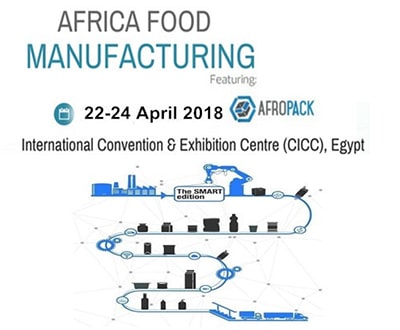How to Optimize Your Wafer Automatic Packaging Machine for Different Wafer Sizes
Wafer automatic packaging machines play a crucial role in protecting fragile wafers during transportation and storage. However, optimizing these machines for different wafer sizes is essential to ensure efficient and reliable packaging. Here’s a comprehensive guide on how to optimize your wafer automatic packaging machine for various wafer sizes:
Determine Wafer Size and Handling Requirements
The first step is to identify the specific wafer sizes you need to handle. Measure the wafer diameter, thickness, and any other critical dimensions. Additionally, determine the handling requirements, such as the maximum number of wafers per load, stacking orientation, and any specific packaging constraints.
Adjust Machine Parameters
Once you have established the wafer size and handling requirements, you can adjust the machine parameters accordingly. This includes setting the proper pick-and-place speeds, vacuum levels, and sealing pressures. Consult the machine’s user manual for recommended settings or consult with the manufacturer for guidance.
Optimize Feeding and Sorting Systems
The feeding and sorting systems are vital for efficient wafer handling. Ensure that the feeders are properly aligned and can accommodate the specific wafer size and orientation. The sorting system should be capable of classifying wafers by size or other criteria to facilitate packaging in the correct containers.
Select Appropriate Packaging Materials
Choosing the right packaging materials is crucial for wafer protection. Use anti-static materials to prevent electrostatic discharge (ESD) and protective foams or cushions to minimize damage from vibrations or impacts. The packaging containers should be of the appropriate size and configuration to accommodate the wafers securely.
Establish Proper Stacking Configuration
Optimizing the wafer stacking configuration is essential for maximizing packaging efficiency and preventing damage. Determine the optimal number of wafers per stack and the proper stacking orientation to ensure stability and avoid any wafer bowing or bending.
Monitor and Control Process Parameters
Regularly monitor the packaging process to ensure optimal performance. Check machine settings, such as temperature, vacuum levels, and sealing pressures, as well as the quality of the wafers and packaging materials. Implement control systems to automate process monitoring and adjust parameters automatically as needed.
Perform Regular Maintenance
Regular maintenance is crucial to prolong the life of your wafer automatic packaging machine and ensure its optimal performance. Follow the manufacturer’s recommended maintenance schedule, including cleaning, lubrication, and part replacement. Regular maintenance prevents machine downtime, ensures accuracy, and minimizes the risk of wafer damage.
By following these optimization strategies, you can ensure that your wafer automatic packaging machine is fine-tuned for different wafer sizes. This will result in improved efficiency, reduced packaging defects, and enhanced wafer protection throughout transportation and storage.
-
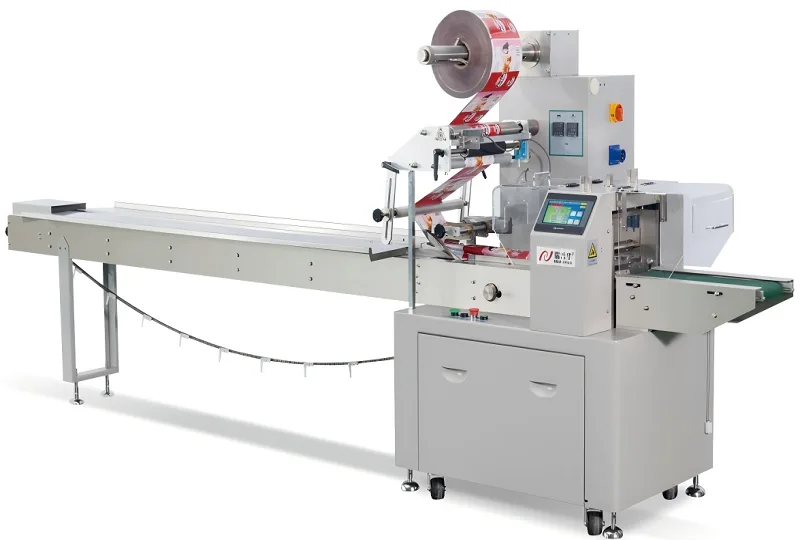 01
01Automatic Tray Loading and Packaging Equipment: Boost Efficiency to 160 Bags/Minute
21-11-2025 -
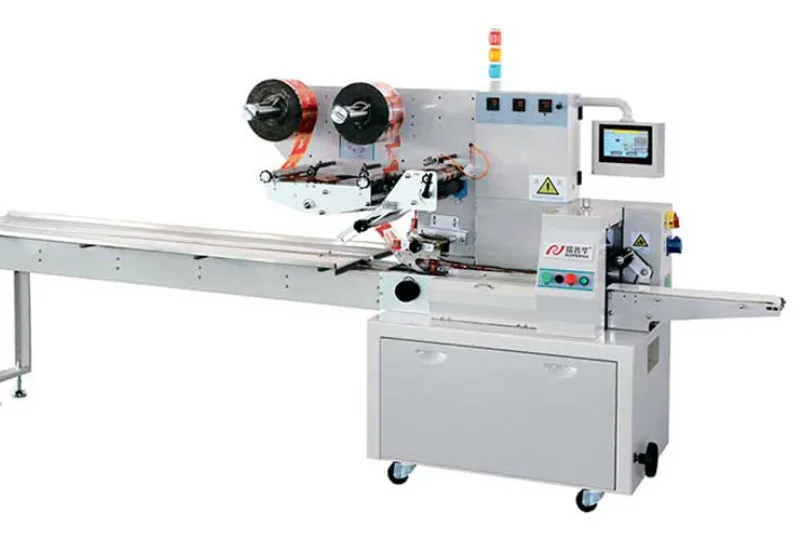 02
02Automatic Soap Packaging Machine: Boost Productivity with 99% Qualification Rate
21-11-2025 -
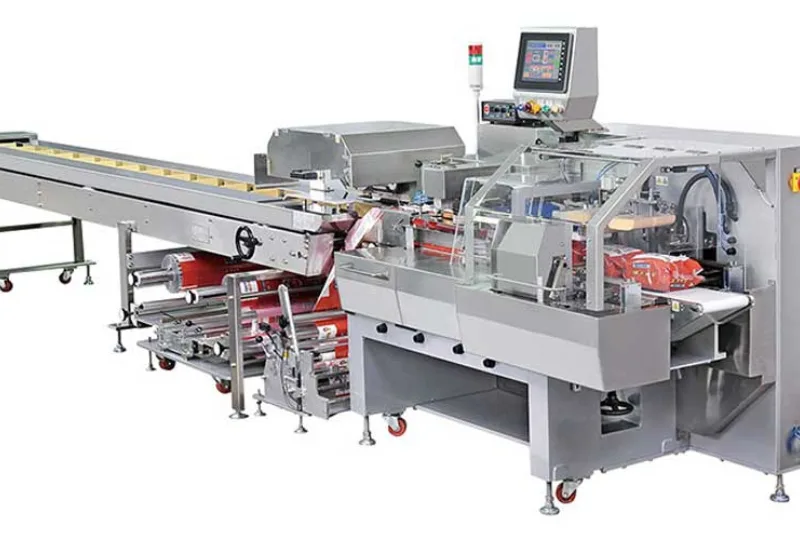 03
03A Deep Dive into Automatic Toast Processing and Packaging System
18-11-2025 -
 04
04The Future of Bakery Production: Automated Toast Processing and Packaging System
18-11-2025 -
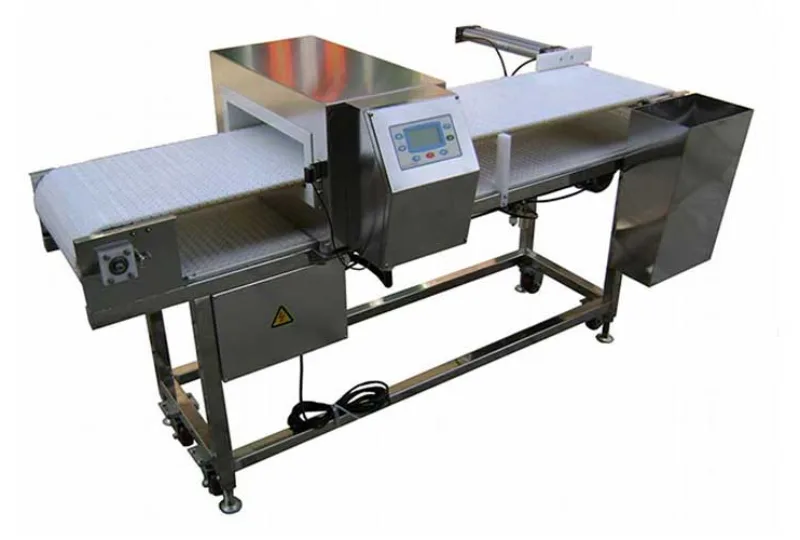 05
05Reliable Food Packaging Solutions with China Bread, Candy, and Biscuit Machines
11-10-2025 -
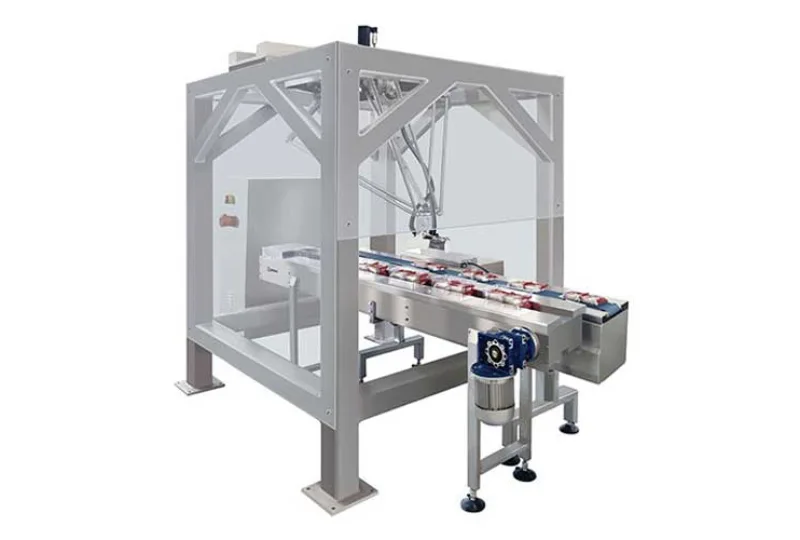 06
06High-Performance Automated Food Packaging Equipment for Modern Production
11-10-2025 -
 07
07Reliable Pillow Packing Machines for Efficient Packaging Operations
11-10-2025 -
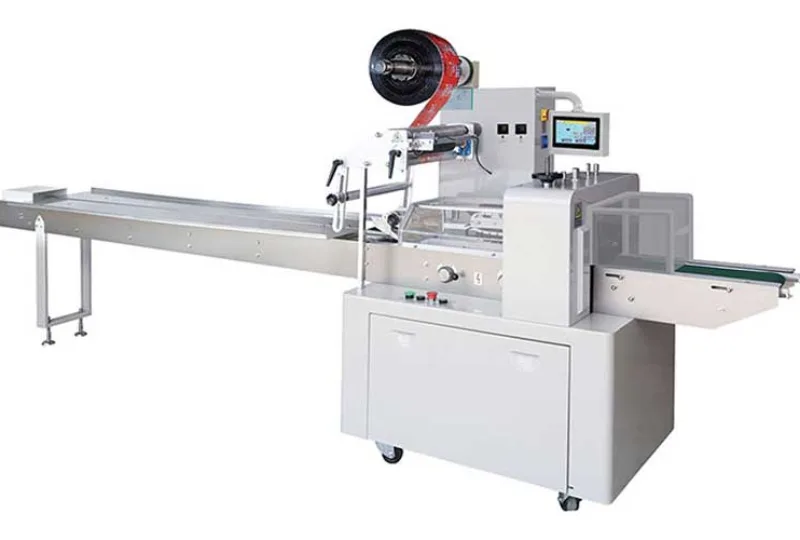 08
08Advanced Fully Automatic Packaging Solutions for Efficient Production
11-10-2025 -
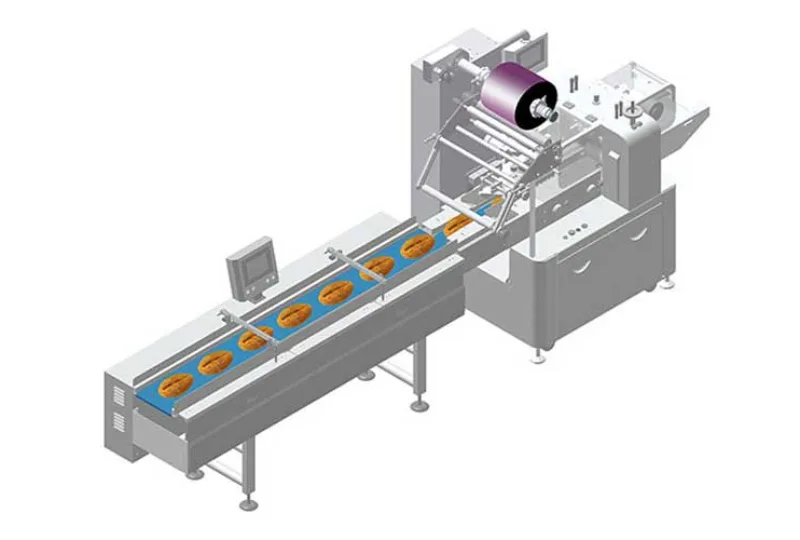 09
09Efficient Automatic Food Packaging Solutions for Modern Production
11-10-2025 -
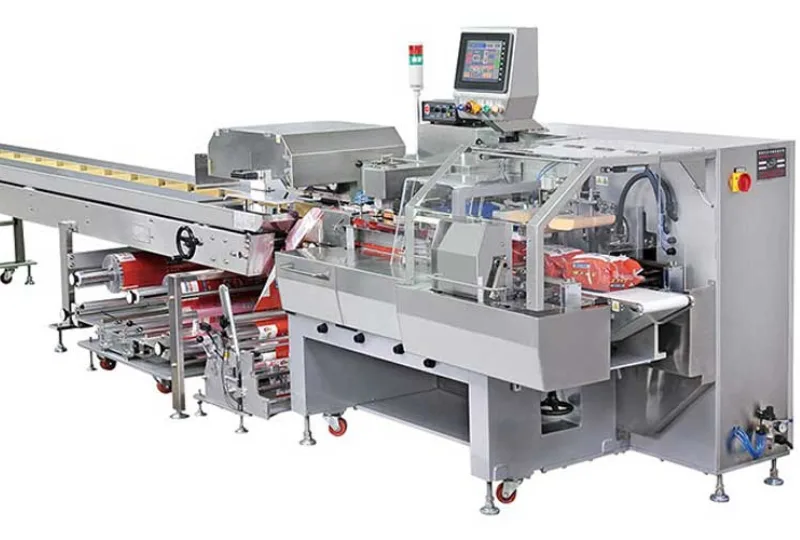 10
10Advanced Automatic Packaging Equipment for Efficient Production
11-10-2025





